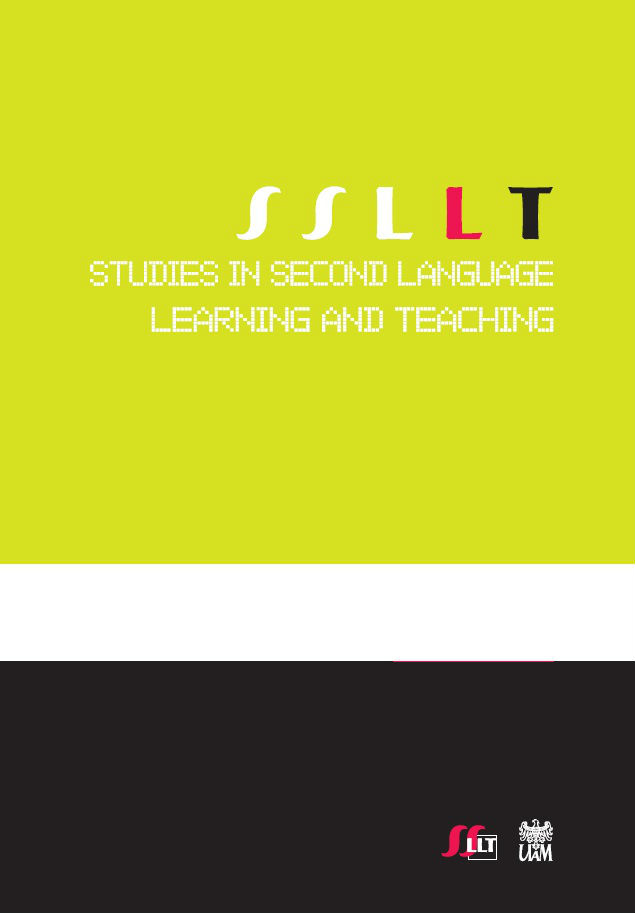Using tracking software for writing instruction
Using tracking software for writing instruction
Author(s): Sane M. Yagi, Saleh M. Al-SalmanSubject(s): Education
Published by: Wojskowe Biuro Historyczne im. gen. broni Kazimierza Sosnkowskiego
Keywords: tracking software; metacognition; writing; pedagogy; TEFL; CALL
Summary/Abstract: Writing is a complex skill that is hard to teach. Although the written product is what is often evaluated in the context of language teaching, the process of giving thought to linguistic form is fascinating. For almost forty years, language teachers have found it more effective to help learners in the writing process than in the written product; it is there that they could find sources of writing problems. Despite all controversy evoked by post-process approaches with respect to process writing, information technology has lately offered tools that can shed new light on how writing takes place. Software that can record keyboard, mouse, and screen activities is capable of unraveling mysteries of the writing process. Technology has given teachers and learners the option of examining the writing process as it unfolds, enabling them to diagnose strategy as well as wording problems, thus empowering teachers to guide learners individually in how to think about each of their trouble spots in the context of a specific product of writing. With these advances in information technology, metacognitive awareness and strategy training begin to acquire new dimensions of meaning. Technology lays open aspects of the writing process, offering unprecedented insight into creative text production as well. This paper attempts to explain how tracking software can influence writing instruction. It briefly examines the process and post-process approaches to assess their viability, explains the concept of tracking software, proposes methodology needed for the adoption of this technology, and then discusses the pedagogical implications of these issues.
Journal: Studies in Second Language Learning and Teaching
- Issue Year: I/2011
- Issue No: 2
- Page Range: 209-225
- Page Count: 17
- Language: English

